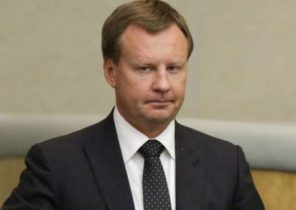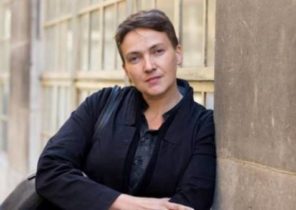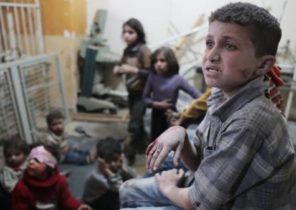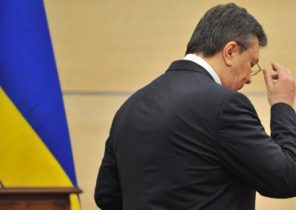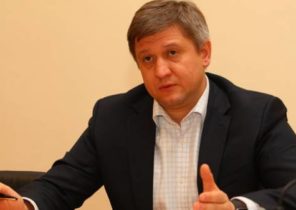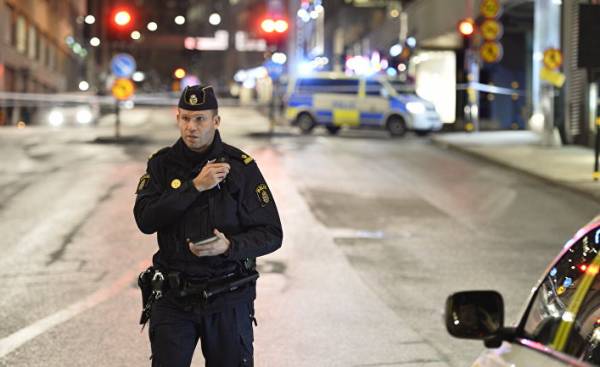
Young men are killed with firearms on the street. Cars were set on fire and gangs openly selling drugs.
This is the situation in 15 districts of cities were forced to dropped the ball two years ago. In the press about these areas spoken of as “the areas where it is better not to go”, as districts from which the police stayed away. Although the authorities deny it.
After two years of police efforts, published a report on the state of Affairs in this region. He suggests that the number of “particularly sensitive areas”, i.e. places where there are structures of parallel societies, hindering the police from doing their job, has risen to 23.
The report is pretty bleak reading: according to police, the threshold for the use of violence in the past decade, including in relation to the police. But the violence is becoming more brutal and spontaneous.
“Not a week goes by that someone didn’t throw rocks or bottles at police cars. This is not necessarily adult criminals, but in these areas behave in a similar way has become a matter of legitimate. We see how even five year old children show the police the finger and shouting shit. This kid may have learned from their brothers and sisters”, — says in an interview with Aftenposten Nordle Frida (Frida Nordlöf), an employee of the municipal police in Yerwa (Järva) in Stockholm.
In this part of the city, where, by the way, is “particularly problematic” area Rinkeby (Rinkeby), she is responsible for the cooperation of the police with other stakeholders such as schools, parents, churches and mosques. They are called “social action.”
Serious criminals
“Front door” of most crimes in problem areas — drug trafficking, this is the conclusion of the police. Children get drawn into it quite early, acting as couriers involved in drug trafficking or weapons. They are the eyes and ears of adults.
“They get up awfully early on a criminal path. I think that earn a lot of money. CZK 500 for a burglary to a 14-year — big money,” says Nogle.
They respect the leaders of the gangs — many of them fear means “respect”.
When you create a gang, they may be considered as a kind of alternative the factor of power in relation to authorities. The brutal violence and that resort to it without hesitation, on the ground creates an atmosphere of fear and leads to the fact that many people simply do not dare to cooperate with the police.
Complex causes
For “sensitive areas” is a conglomeration of many different social problems. People don’t have much faith in the future, unemployment is high and educational level is low.
In most of these areas are home to mostly immigrants or young people whose parents immigrated to Sweden. Many do not speak Swedish, and it is difficult for them to start working.
In the most vulnerable areas of cities broken much more than in Sweden as a whole:
• The share of those who is sick and disabled is also higher than in Sweden as a whole.
• 40% of youth in high priority districts of the cities do not complete compulsory school (primary+middle — approx. ed.).
They try to lure young people to his side
The social action group trying to win over the youth before she is thoroughly immersed in a criminal environment. But to make it easy.
When the crime is of such a large scale, as in troubled areas of the city, it draws people to him: seduce them money, power and respect associated with the underworld.
Ali Abdulkadir (Abdukadir Ali) heads the group, which helps young people to get out of the criminal environment in Rinkeby. Over the past five years she has helped around 250 young people to leave the criminal environment and start working or go back to school. Only about 20 people were again in prison for crimes such as committed by them earlier, says Abdukadir.
But if, as suggested by the police in troubled areas of Swedish cities are about 200 criminal groups and 5 thousand criminals, it’s a drop in the sea.
“We “repairing” and not preventable. Most of those with whom we work, have become known to the police and social services at a young age. And we know to divert them from crime as early as possible is very important,” he says in an interview with Aftenposten.
Another group of social action engaged in by children aged 12 to 18 years. Police, schools and parents are not communicated with each other, and because of this, Teens just dropped out of sight. Cooperation is needed to fix it.
40% of those who live in the district, which patrols Nordle — young people up to 25 years. People live crowded. This means that many children and teenagers in the evenings spend a lot of time on the streets, Central squares of areas or near metro stations.
“Young people commit far more crimes. We have a high concentration of young people, and it gives a high level of crime,” says Nogle.
Facts: areas of concern
As a “troubled” police defines a “geographically limited area, which is characterized by low level of socio-economic development, where criminal elements have an impact on the local community”.
In addition, people in these areas live in close quarters, here is the “alternative social order”.
For particularly vulnerable urban areas, of which 23 have in common the unwillingness of residents to cooperate with police. A possible reason for this systematic threats from criminals. Therefore, the police are here to work hard. “The situation is very complex, it is necessary to take urgent measures.”
Six areas are defined as areas of risk, that is, they are at risk to change their status to “special problem areas”. “The situation is extremely alarming”.
(Source: report of “areas of concern” (“Utsatta områden”)
A few “special problem areas”
Only in Sweden the police has the 61 “problem area”. In summer, the number of areas considered “troublesome”, has grown from 15 to 23. The most famous Rinkeby in Stockholm and Rosengard (Rosengård) in malmö, the same can be said about the area Biskopsgarden (Biskopsgården) in Gothenburg.
The growth in the number of special problem areas “is primarily due to the fact that the police began to know better the existing problems there, thanks to a more active presence in those areas to become better acquainted with the situation and cooperation,” it says so in the last of three reports written by the police about problem areas. But, as indicated in the report, compared with the situation described in the previous report two years ago, the problem has not decreased.
Social anxiety and a low level of confidence in the rule of law
In a situation when a particular area is considered to be an unreliable place to live for citizens, fewer claims about the crimes and cooperating with authorities. So there is a criminal spiral where crime breeds more crime as police work becomes increasingly difficult.
At the beginning of this year, much attention was attracted to the burning cars in Rinkeby. The police had to retreat, because the situation was truly threatening. These disturbances occur in this area about once a year. Smaller disturbances, lasting from several minutes to several hours, it happens quite often.
“Often people react to the actions of the police negatively. They want to show that “this is our place, we don’t want no cops here”. This happens if we, for example, arresting some key figure or konfiskoval a large batch of drugs or a large sum of money. And this was happening every month, all year round,” says Nogle.
The number of murders is twice higher than in Norway
In Sweden, there are twice as many people than in Norway, but last year in Sweden of four times more than in Norway. A substantial part of murder statistics in Sweden were gang-related.
Some are killed because they challenged the criminal world. Others are killed or beaten because they refuse to help criminals or due to some minor conflict with someone from the criminal environment. But the most common cause of violence — the conflict between criminals on the basis of the drug trade.
If you believe the investigation conducted by the police, the threshold of violence was lower. Violence has become more impulsive. Firearms became more common than before, and in the last two years Sweden has significantly increased the use of hand grenades. The threat of violence deters people from talking with the police.
“Among the criminals of the violence has become more rude: now shoot to kill. Earlier there were more injuries in the knees, feet, etc. Now they are shot in the head,” says Nogle.
